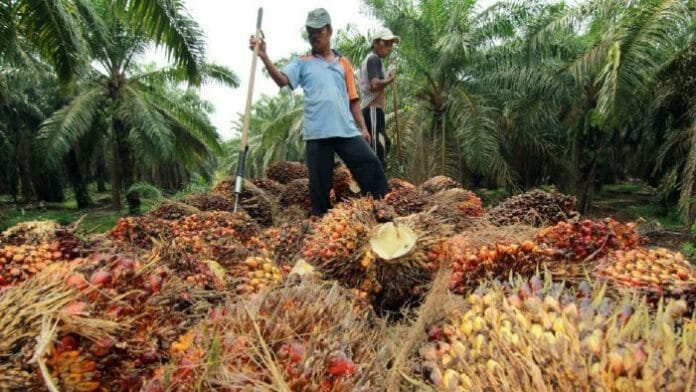Malaysian benchmark crude palm oil (CPO) spot prices have risen through 1Q24 to above USD900 per tonne (t) in March 2024, from below USD800/t in December 2023, due to relatively low palm oil inventories in key producers Indonesia and Malaysia, and market concerns on global vegetable oil output. Prices are on track to average around USD845/t in 1Q24, similar to the 2023 level.
Fitch Ratings said it expects CPO prices to weaken from 2Q24 on higher vegetable oil supply globally, and believe that mild weather conditions and lower fertiliser costs will support output growth and sustain pressure on prices over the next 12-18 months. The ratings agency’s benchmark price assumption for 2024 and 2025 is USD700/t. The Malaysian Palm Oil Council (MPOC) expects palm oil prices to trade lower at MYR3,800-4,000/t, i.e. below USD850/t, in April
MPOC expects pressure from a surge in supply of rival soybeans from South America from April, apart from a gradual
increase in palm oil output. Fitch said it sees two key upside risks for CPO prices. First, poor weather conditions, due to a strong El Nino or La Nina event in the next 12 months. Second, a higher mandatory biodiesel blending ratio in Indonesia which will increase CPO consumption significantly.
El Nino Likely to End by 1H24
The El Nino climate phenomenon, which developed in 2H23, induced dry weather in several key palm oil-producing regions of Indonesia, and affected palm fruit output. The impact was less severe in Malaysia. Indonesia’s dry season will be less harsh this year than in 2023, according to the country’s weather agency. El Nino could give way to La Nina in 2H24, according to the US National Weather Service. If the prediction materialises, it will be the fourth instance of La Nina in the last five years. A strong La Nina could affect South American soybean output and support global
vegetable oil prices.
Indonesia May Raise Biodiesel Mandate
Indonesia has been progressively raising the ratio of palm oil-based fuel in biodiesel, which has driven consumption growth in the country over the last decade. In 2023, Indonesia increased the blending rate to 35% (B35), from 30%, which we estimate raised annual domestic palm oil demand by around 2 million t, or 10%. The government has stated its intention to raise the blending rate in biodiesel to 40% (B40) soon, but it is unclear whether the revised mandate will be implemented within the next year.
Fitch said it expects continuity of policies under the new president, who will begin his term in October 2024. If CPO prices weaken in the next few quarters, it is likely to incentivise an expedited adoption of B40. This would boost palm oil demand and cause prices to rise.









